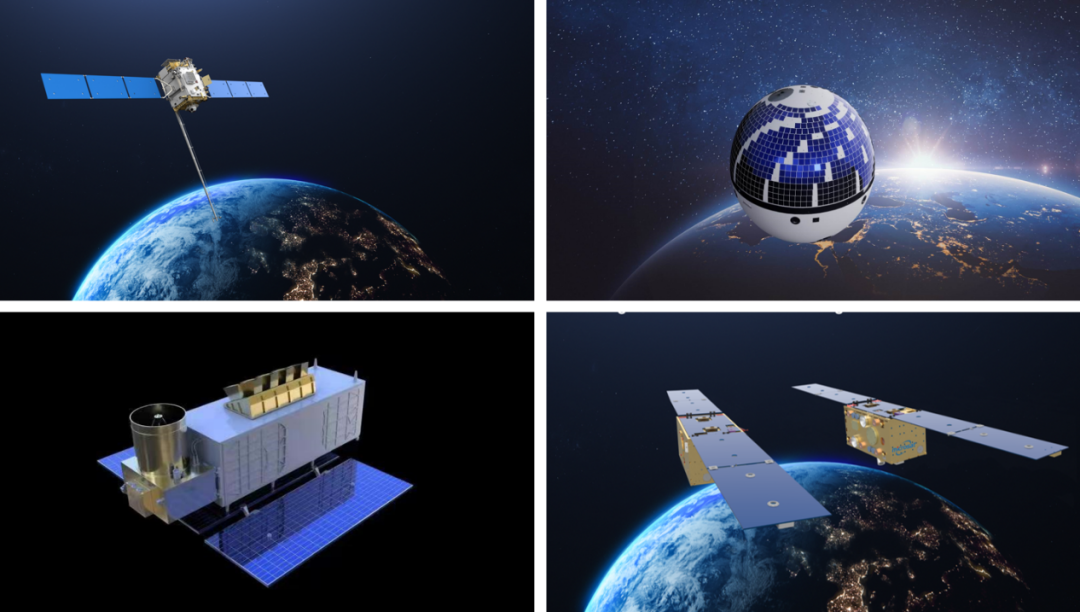
The star image information captured by star tracker often needs to be defined by referencing the division of apparent magnitude. Only with an appropriate number of star spectra as a reference can the spatial coordinates of the aircraft be accurately identified and located.
Magnitude visual was first developed by the ancient Greek astronomer Hipparchus, who divided the 1022 stars in his catalog into six levels based on brightness, ranging from 1 to 6. In 1850, British astronomer Thompson discovered that first-class stars were 100 times brighter than sixth class stars. According to this relationship, magnitude is quantified. The brightness difference between the redefined magnitudes is 2.512 times, and the apparent magnitude of 1l (brightness unit) is -13.98.
However, the magnitude cannot describe the brightness of all celestial bodies discovered at that time, and astronomers have extended the original level to introduce the concept of negative magnitude. In this way, the entire visual magnitude system has been used to this day. In the design of star sensors, the concept of magnitude is used to predict and estimate the detection ability and other parameters of the star sensor.
Star tracker star map recognition requires a certain number of stars in the field of view. To achieve reliable star map recognition, the angular distance method contains at least 4 stars in a single field of view, while the grid method has a larger number of stars in the field of view. In order to ensure that star map recognition can be achieved when the star sensor points to any sky area, the star sensor needs to be as sensitive as possible to the navigation stars, that is, the sensitive star magnitude should be high enough. The higher the star magnitude, the more navigation stars there are.
The actual sensitive magnitude of a star sensor is related to the spectral response function of the optical lens and photosensitive detector, and is called the instrument magnitude. In the early stages of design, the visual magnitude was still used as a reference, which can represent the instrument magnitude in a certain sense.
There are too many stars in the field of view, which requires the star sensor to have a high visual magnitude, which brings great difficulties to the design of the optical system and exposure time of the star sensor; However, the number of stars is too small to meet the requirements of star map recognition, which affects the functionality of the star sensor. When using the angular distance method for star map recognition, it is required to include at least 4 stars in the field of view of the star sensor, while when using the grid method for star map recognition, it is usually required to include 7 navigation stars in the field of view. After extensive research, it has been found that the number of stars in any field of view follows a Poisson distribution.
The more stars there are, the higher the accuracy of the star sensor. However, as the number of stars increases, the amount of computation required for the system to track all navigation stars also increases accordingly. When the number of stars is 15, the increase in star sensor accuracy is not particularly significant. When the average number of stars in the star sensor reaches more than 13, the probability of less than 3 stars in the field of view has reached a 1% level, and an increase in the number of stars does not have a significant impact on the capture rate.
Based on the above principles, taking the star tracker developed by the TYspace technology Ltd as an example, the average number of stars in the designed field of view is about 15, the sensor magnitude is 5.2, and the number of stars in the entire celestial sphere is about 2000.
Send us a message,we will answer your email shortly!